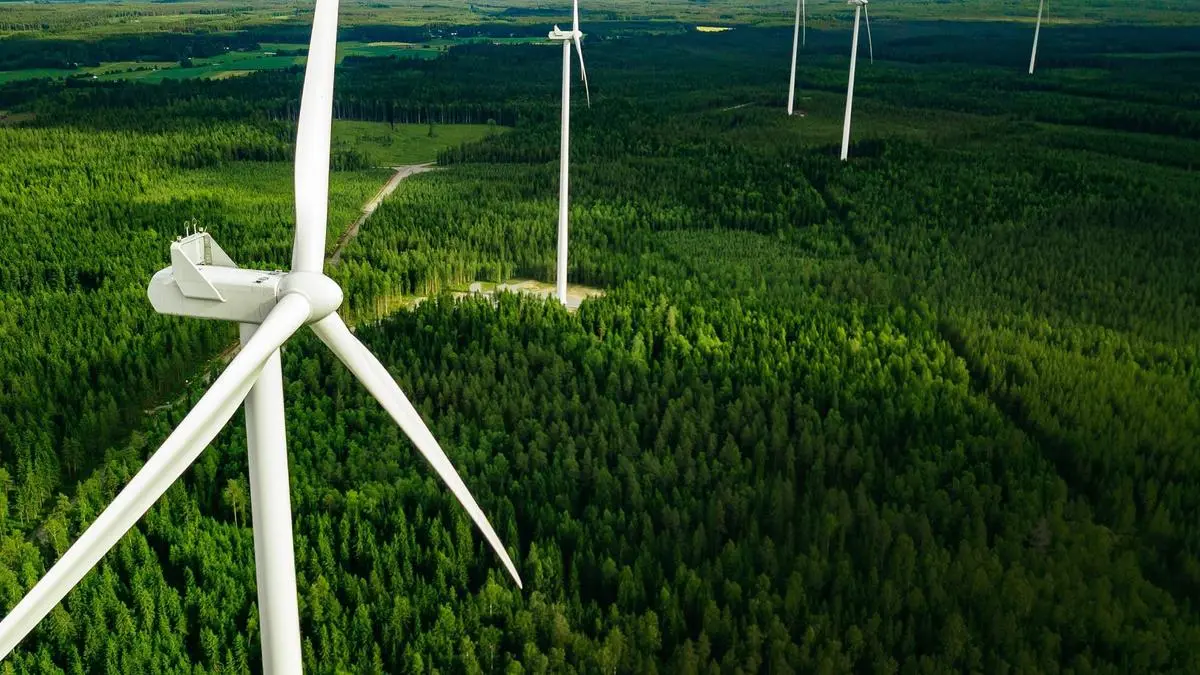FOREX
India, Maldives to review implementation of economic, maritime security partnership on Monday

External Affairs Minister S Jaishankar and his Maldivian counterpart Abdulla Khaleel will on Monday take stock of the implementation of the India-Maldives comprehensive economic and maritime security partnership.
Khaleel, accompanied by a high-level delegation, is paying a three-day visit to India beginning Sunday evening. It is his third trip to India this year.
The India-Maldives vision document on comprehensive economic and maritime security partnership was adopted by Prime Minister Narendra Modi and Maldivian President Mohamed Muizzu in October last year.
Foreign Minister Khaleel's visit is in continuation of "intensified high-level political exchanges" between India and Maldives, the Ministry of External Affairs (MEA) said announcing his trip.
It said Khaleel will lead Maldives at the second High Level Core Group (HLCG) meeting to oversee progress in the implementation of the India-Maldives vision document on comprehensive economic and maritime security partnership.
Foreign Minister Khaleel will also hold bilateral discussions with External Affairs Minister S Jaishankar, it said.
"Maldives is India's key maritime neighbour and an important partner in India's 'Neighbourhood First' policy and vision MAHASAGAR that is Mutual and Holistic Advancement for Security and Growth Across Regions," the MEA said in a statement.
"The visit is aimed at strengthening the comprehensive economic and maritime security partnership between the two countries," it added.
The ties between India and the Maldives came under severe strain after Muizzu, known for his pro-China leanings, took charge of the top office in November 2023. Within hours of his oath, he had demanded the withdrawal of Indian military personnel from his country. Subsequently, the Indian military personnel were replaced by civilians.
There was a thaw in the relations as Muizzu vowed to boost the bilateral ties with India during his visit to Delhi in October.
Published on May 25, 2025



































